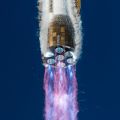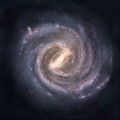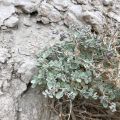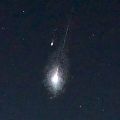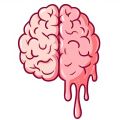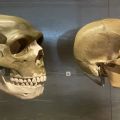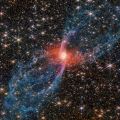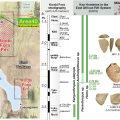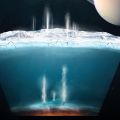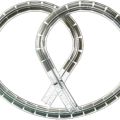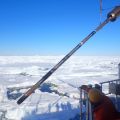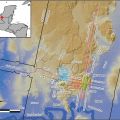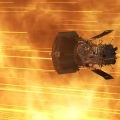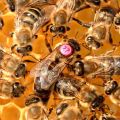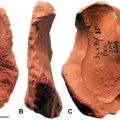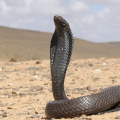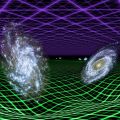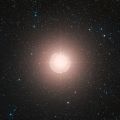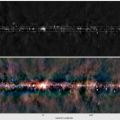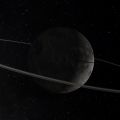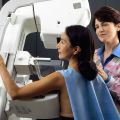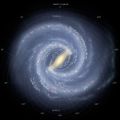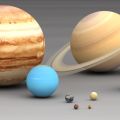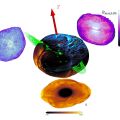Shen Kuo - Définition
La liste des auteurs de cet article est disponible ici.
Bibliographie
- (en) Derk Bodde, Chinese Thought, Society, and Science: The Intellectual and Social Background of Science and Technology in Pre-modern China, Honolulu : University of Hawaii Press, 1991.
- (en) John S. Bowman, Columbia Chronologies of Asian History and Culture, New York : Columbia University Press, 2000.
- (en) Alan Kam-leung Chan, Gregory K. Clancey et Hui-Chieh Loy, Historical Perspectives on East Asian Science, Technology and Medicine, Singapore : Singapore University Press, 2002.
- (en) Ebrey, Walthall, Palais, East Asia: A Cultural, Social, and Political History, Boston : Houghton Mifflin Company, 2006.
- (en) Ebrey, Patricia Buckley, The Cambridge Illustrated History of China. Cambridge : Cambridge University Press, 1999.
- (en) Ainslie T. Embree et Carol Gluck, Asia in Western and World History : A Guide for Teaching, New York : An East Gate Book, M. E. Sharpe Inc, 1997.
- (en) James M. Hargett, Some Preliminary Remarks on the Travel Records of the Song Dynasty (960-1279), Chinese Literature : Essays, Articles, Reviews (Juillet 1985).
- (en) Robert P. Hymes et Conrad Schirokauer, Ordering the World : Approaches to State and Society in Sung Dynasty China, Berkeley : University of California Press, 1993.
- (en) Peter Mohn, Magnetism in the Solid State : An Introduction, New York : Springer-Verlag Inc, 2003.
- (en) Joseph Needham, Taipei : Caves Books Ltd, 1986 :
- Science and Civilization in China : Volume 1, Introductory Orientations,
- Science and Civilization in China : Volume 3, Mathematics and the Sciences of the Heavens and the Earth,
- Science and Civilization in China : Volume 4, Physics and Physical Technology, Part 3 : Civil Engineering and Nautics,
- Science and Civilization in China : Volume 5, Chemistry and Chemical Technology, Part 1 : Paper and Printing.
- Science and Civilization in China : Volume 6, Biology and Biological Technology, Part 1 : Botany.
- (en) Paul S. Ropp, Heritage of China : Contemporary Perspectives on Chinese History, Berkeley : University of California Press, 1990.
- (en) Nathan Sivin, Science in Ancient China, Brookfield, Vermont : VARIORUM, Ashgate Publishing, 1995.
- (en) Tz’u Sung (traduction en anglais par Brian E. McKnight), The Washing Away of Wrongs : Forensic Medicine in Thirteenth-Century China, Ann Arbor, University of Michigan Press, 1981.
- (en) Adrian Desmond, The Discovery of Marine Transgressions and the Explanation of Fossils in Antiquity, American Journal of Science, Volume 275, 1975.
- (en) Dainian Fan et Robert Sonné Cohen, Chinese Studies in the History and Philosophy of Science and Technology, Dordrecht : Kluwer Academic Publishers, 1996.
Postérité de Shen Kuo
À sa mort, Shen Kuo a été enterré dans une tombe dans la région de Yuhang, à Hangzhou, au pied de la colline Taiping. Son tombeau a finalement été détruit, mais les archives de la dynastie Ming indiqués son emplacement et il fut découvert en 1983 puis protégé par le gouvernement depuis 1986. Des restes de la structure de brique de la tombe ont été retrouvés, ainsi que du verre et des pièces de monnaie datant de la dynastie Song. Le Comité municipal de Hangzhou termina une restauration de la tombe de Shen en septembre 2001. En plus de sa tombe, le domaine de Shen Kuo à Zhenjiang, notamment ses deux premiers acres (8 000 m² environ), ont été réhabilités par le gouvernement en 1985. Cependant, la partie rénovée du jardin n'est qu'une partie de l'original au temps de Shen Kuo. Une salle d'inspiration Qing fut construite sur le site et est maintenant utilisée comme porte d'entrée principale. Dans le hall servant comme mémorial, se trouve un grand tableau dépeignant le jardin d'origine de Shen Kuo en son temps, y compris les puits, les bosquets de bambous verts, des chemins pavés de pierres et des murs décorés comme à l'origine. Dans ce hall d'exposition il y a une statue de Shen Kuo assis sur une plate-forme, avec des éditions de son livre datant de plusieurs siècles dans des armoires en verre. Dans le domaine se trouve également des statues de Shen Kuo, une sphère armillaire et un petit musée retrace les diverses réalisations de Shen.
L'Observatoire de la Montagne Pourpre a découvert un nouvel astéroïde en 1964. En 1979, l'Académie chinoise des sciences a décidé de nommer Shen Kuo comme l'un de ses membres d'honneur.
